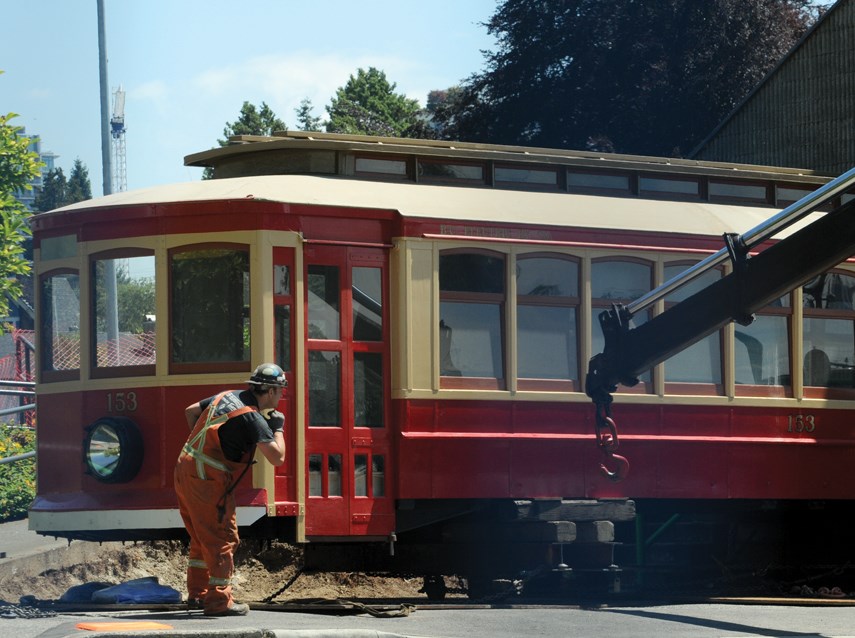More than 72 years after making its last stop, Streetcar No. 153 will ride again.
Like a grizzly poking her nose out of a cave after a long winter, the streetcar’s headlight peeked out of Fen Burdett Stadium Wednesday afternoon for the first time in decades.
As revellers fill the streets this Canada Day that singular piece of North Vancouver history is set to be strapped atop a flatbed truck and driven along Grand Boulevard, 13th Street, and up Lonsdale Avenue – like it did a century ago.
The 39-foot car has been decommissioned, repurposed, sold, abandoned, chopped up and abused, But now, thanks to a gang of hobbyists, preservationists, finders, keepers, mix-and-matchers and fabricators, No. 153 is back.
Relic released
Under the bleachers at Fen Burdett stadium, a crew from Nickel Bros. moving company are working. They pad the bumper with rolled up tarps, crank the chains snug around the body, sweep a steel plank as thick as a Kraft single underneath and – in six-inch bursts – pivot the 111-year-old streetcar around a magnolia tree that probably hadn’t been planted when No. 153 went inside.
“It’s kind of a complicated procedure,” explains Dianna Foldi, project manager with the City of North Vancouver.
Everything is painstakingly drawn up before the workers even get on site, one of the movers explains.
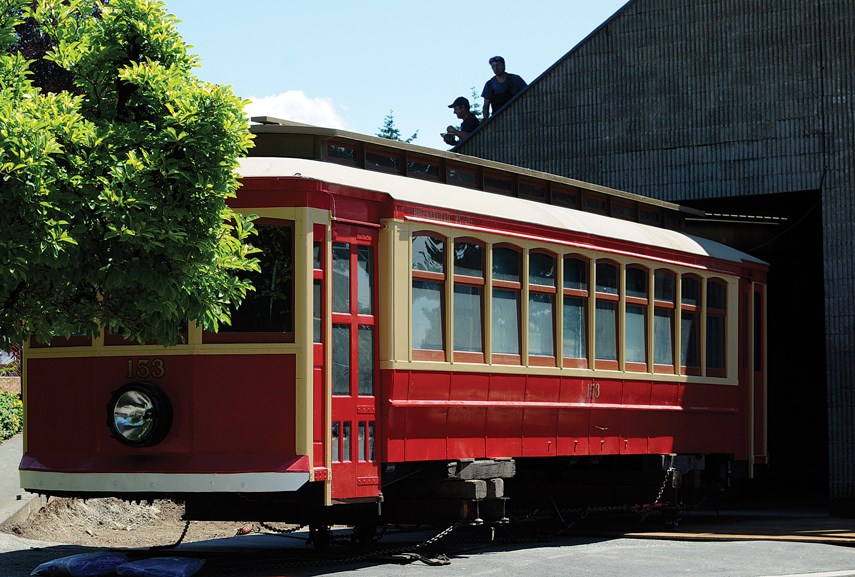
“And then we change everything,” his co-worker adds with a maybe-I’m-kidding-maybe-not grin.
After the parade, the streetcar will take a late-night trip to its terminus at 115 West Esplanade, where the new museum will be built around it.
They’ll drive it over, crane it down, jack it up, and manoeuvre the tracks and trucks into position before putting all the parts together one last time, Foldi explains.
"Considerable destruction"
In 1905, the North Shore needed a: “civilizing trinity . . . street lighting, electric power and street cars,” writes Henry Ewert, a historian who chronicles North Vancouver’s first crack at public transportation in his book The Perfect Little Street Car System.
The District of North Vancouver appealed to B.C. Electric general manager Johannes Buntzen, who in turn appealed to the company’s head office in London, England.
After first explaining where North Vancouver was, Buntzen assured his higher-ups the district was: “fast developing into an important suburb.”
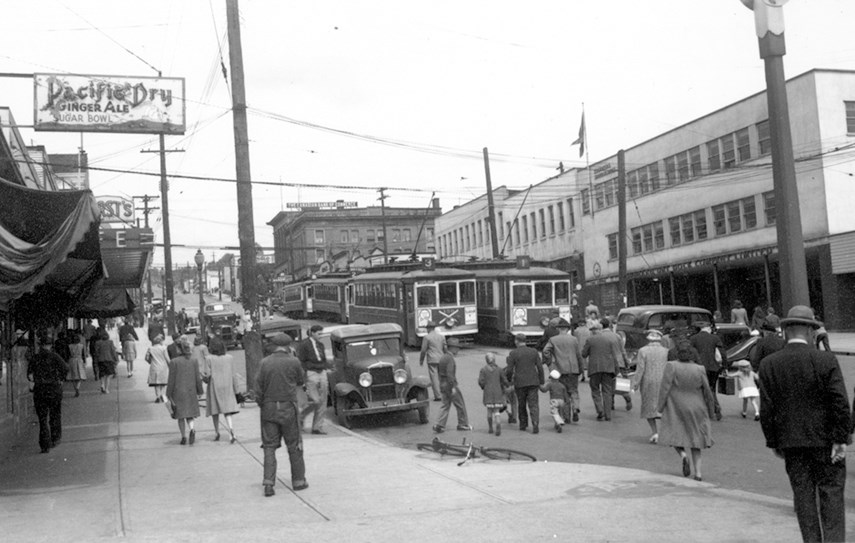
Lots that had sold for $220 started going for $100 per foot. Approximately 800 30-foot tall fir poles were placed alongside 400 tons of rail, according to Ewert.
On Aug. 29, 1906, two weeks after arc lamps lit up 24 intersections, a pair of B.C. Electric reps walked into a council meeting and asked North Vancouver’s elected officials if they wanted a ride.
Ewert chronicles a series of mishaps in his book. There was the motorman who, unable to slow a streetcar fleeing down Lonsdale, “took a flying leap and somersaulted to safety” as the streetcar reached the wharf. “Considerable destruction was wrought,” according to a 1907 account in the Daily Province.
One streetcar struck a horse, another was left when the motorman was drunk. (The horse survived. The motorman kept his job.)
Most harrowing was a 1909 crash when the fuses blew and the streetcar “leaped into space” and landed in the drink with its passengers still on board.
“It is little short of miraculous that the passengers should have been extracted from their prison,” wrote a reporter for The Express newspaper.
To keep the streetcars on dry land, B.C. Electric installed “de-rails,” allowing cars to detour on a short switch and into a pile of sand, Ewert writes.
Despite the element of danger, the streetcar was wildly popular. In 1909 there were 8,845 riders per week. By 1912: 44,000. Before automobiles cut into their ridership, North Vancouver’s 13 streetcars took 1.9 million riders up Lonsdale, over to Capilano, and into Lynn Valley in a year.
But, like major cities across North America, North Vancouver residents opted to switch to cars and buses after the Second World War.
Streetcars were suddenly nothing more than 44,520 pounds of scrap.
Some North Vancouver streetcars were converted into cabins in Ruskin. Car 160 was found in the bush near Gibsons Landing: “only to disappear from view altogether,” Ewert writes.
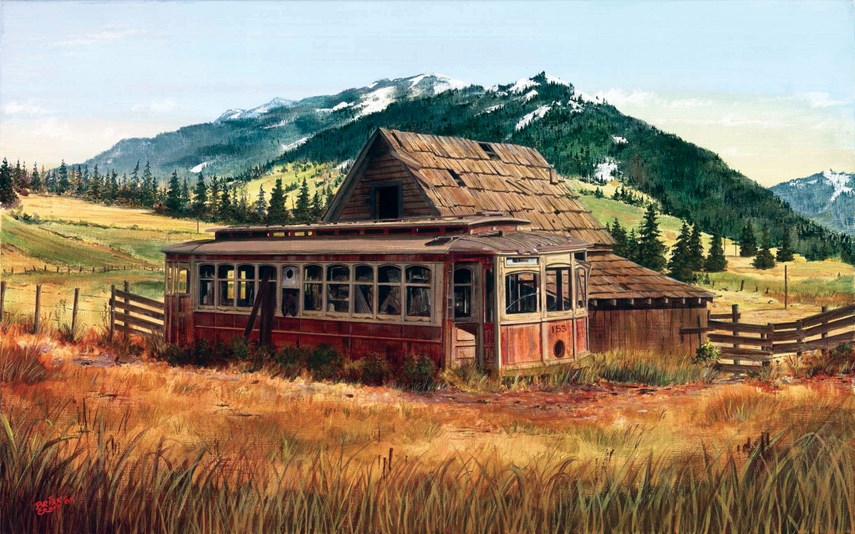
No. 153 was sold for $150 and shipped to Chilliwack, where it might have never been seen again.
Last of its kind
Traffic brought them together.
Overseeing North Vancouver bus operations in the 1980s, Brian Kelly was kept up to date on roadwork and detours by a conscientious city hall staffer.
He took her out to lunch one day, you know, to thank her for all her good work.
“One thing led to another, here we are 35 years later,” he says, laughing at his distinctly made-in-North Vancouver romance.
Kelly, a transit historian, recalls that by the late 1970s there were no facts about Streetcar No. 153’s whereabouts; only rumours.
“I saw it years ago,” a friend assured him. “Place called Ryder Lake.”
That was enough to go on.
“We drove all around and up and down these backroads and up to Ryder Lake and what have you and never did see anything,” he recalls. “Another adventure, crazy dad out chasing trains again.”
A couple Sundays later, he tried again, driving up and down some different roads, peering into farmyards.
“And by god we spotted it.”
Speaking from his antique shop in Savona, Kelly’s voice crackles with excitement when he talks about the find.
The streetcar had been a coffee shop, a chicken coop, and now it was packed with barrels and trash.
“It was kind of hard to be able to tell what it was until I was able to get inside it,” he remembers.
He moved the trash out of the way, stepped on board, and saw the number 153 on the bulkhead.
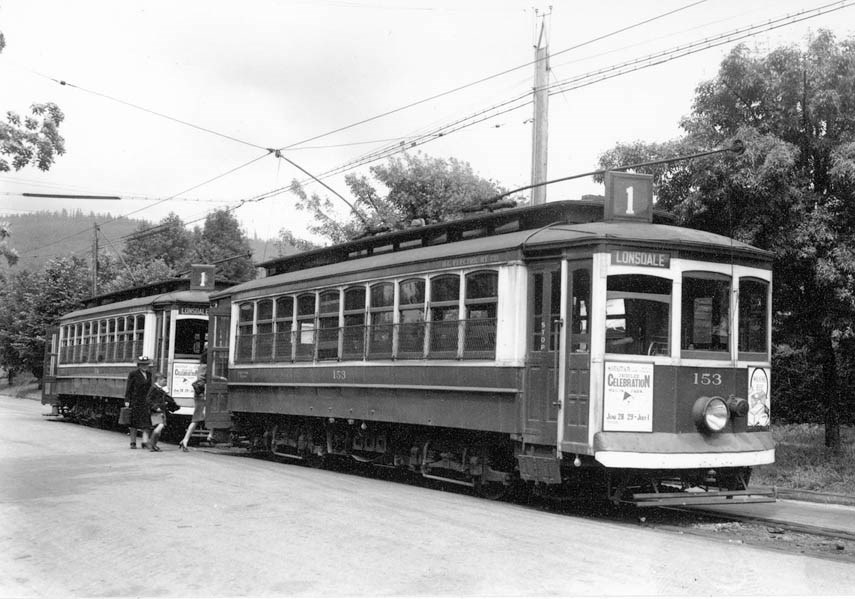
“I thought, ‘Crap, this is a North Vancouver streetcar.’”
After getting the go-ahead from his boss, Kelly headed back to Ryder Lake and knocked on the farmer’s door.
“It’s the last of its kind,” he remembers telling him. “Virtually every single B.C. electric streetcar met the scrapper’s torch way back in the ’40s and ’50s.”
The farmer’s reply: “If you guys want it, you can have it.”
After an extended stay at Boundary Road and Lougheed Highway, Kelly and North Vancouver Museum and Archives director Bill Baker led the charge to bring the streetcar home.
The streetcar was in rough shape, Kelly remembers. The body was “pretty well intact” but most of the wood was rotted.
To restore it, they’d need an architect, a carpenter, and a fighter.
History in Pieces
Bruce Cashato was jogging at Mahon Park when he looked through an open door and saw an old co-worker.
He and Carl Andersen each worked at Burrard Dry Dock for years but didn’t really connect until they realized Andersen once had “quite a battle” in a Golden Gloves boxing tournament on Lonsdale.
Asked who won, Cashato stops.
“Carl never really said, so I kind of think that he didn’t win.”
Andersen, a veteran who served in the Korean War, spent 39 years working on the dock, working his way up to joiner foreman.
Following his retirement, Andersen joined architect Bob Booth and Stephen Ley in restoring the streetcar.
He worked on the windows, the frame, the ceiling.
“Carl was really a master carpenter,” Kelly says.
Andersen seemed enjoy the challenge of the work, and the fact he didn’t have to pay for it, Cashato chuckles.
“It was something he didn’t have to do,” Cashato adds. “But he was more than happy to do it.”
Last stop
In the 1920s, North Vancouver’s dirt roads zigged and zagged between swamps and skunk cabbages. Fog fell on the North Shore like a blanket over a birdcage. Back then the clang-clang of the streetcar was, “our link with the larger world,” according to longtime North Vancouver resident Mary Frances Holdcroft.
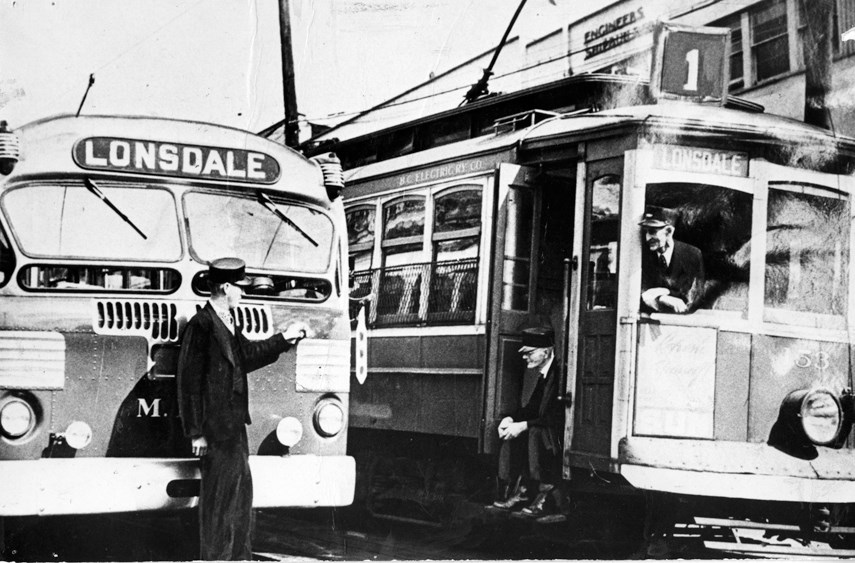
For mill workers and shipbuilders, the streetcar and its five-cent fare allowed them to live where they worked.
“Without their perfect little streetcar system, the City and District of North Vancouver as we know them would simply not exist,” Ewert writes.
The streetcars were packed during shift change, and sometimes, particularly if the conductor needed a smoke, “the car ground around its corners with a snarl of steel against steel,” recalled Ned Miller, writing for the North Shore Free Press in 1972.
But the best time to ride the streetcar, Miller remembers, was the evening. That was when a rider could stand by the driver and talk “local gossip, gardening, politics, the weather and any other of life’s problems.”
Kelly recalls the City of North Vancouver arranged to get streetcar trucks from Porto, Portugal. The trucks were put into an old city works yard, but like the Christmas presents in the Stan Rogers song, they’ve never been seen again.
Earlier this year, Dave Walmsley, working with the late Don Evans of the West Coast Railway Association, managed to work with a set of trucks from Belgium.
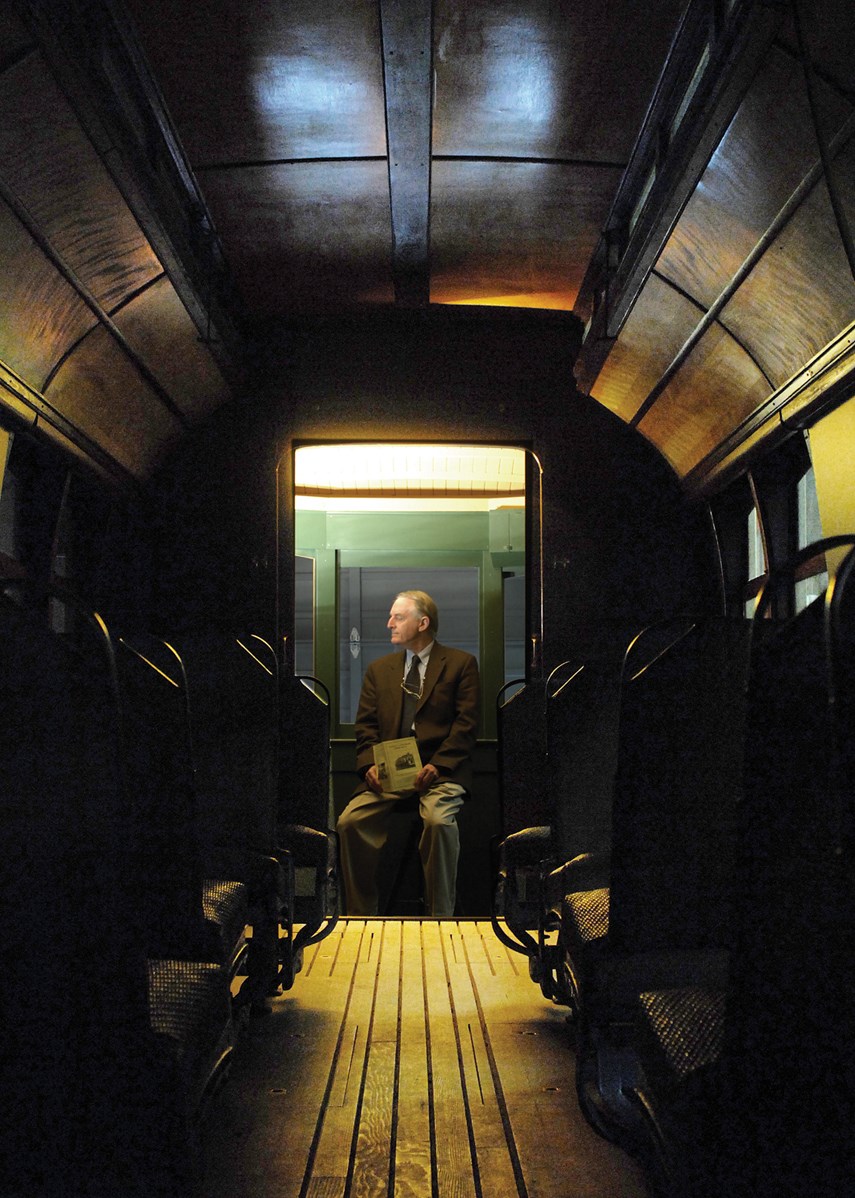
It wasn’t exact, but it worked.
It’s satisfying to see that streetcar, which had its first run on Feb. 28, 1908, put back together, Kelly says.
“This is our history,” he says. “From the few pictures I’ve seen it seems to look pretty, pretty nice.”
